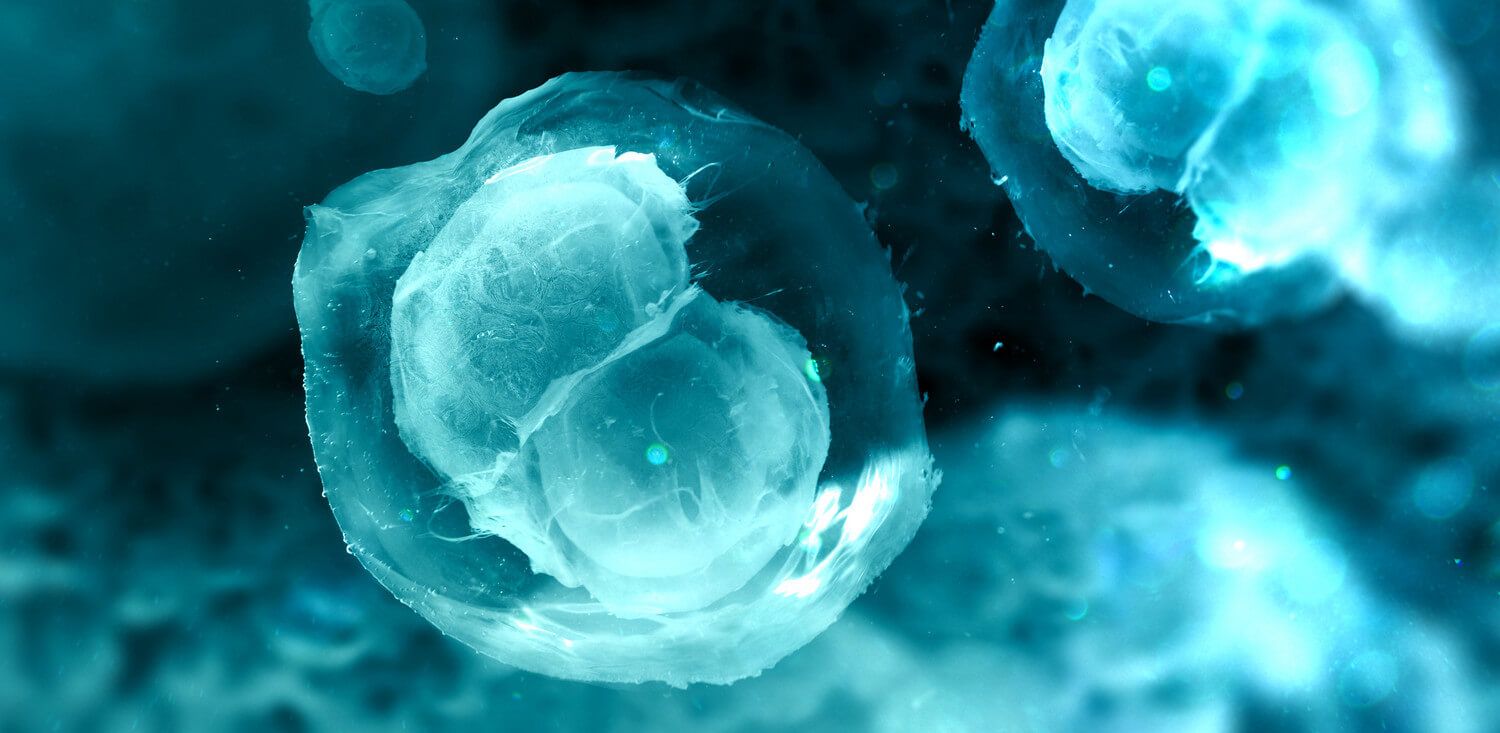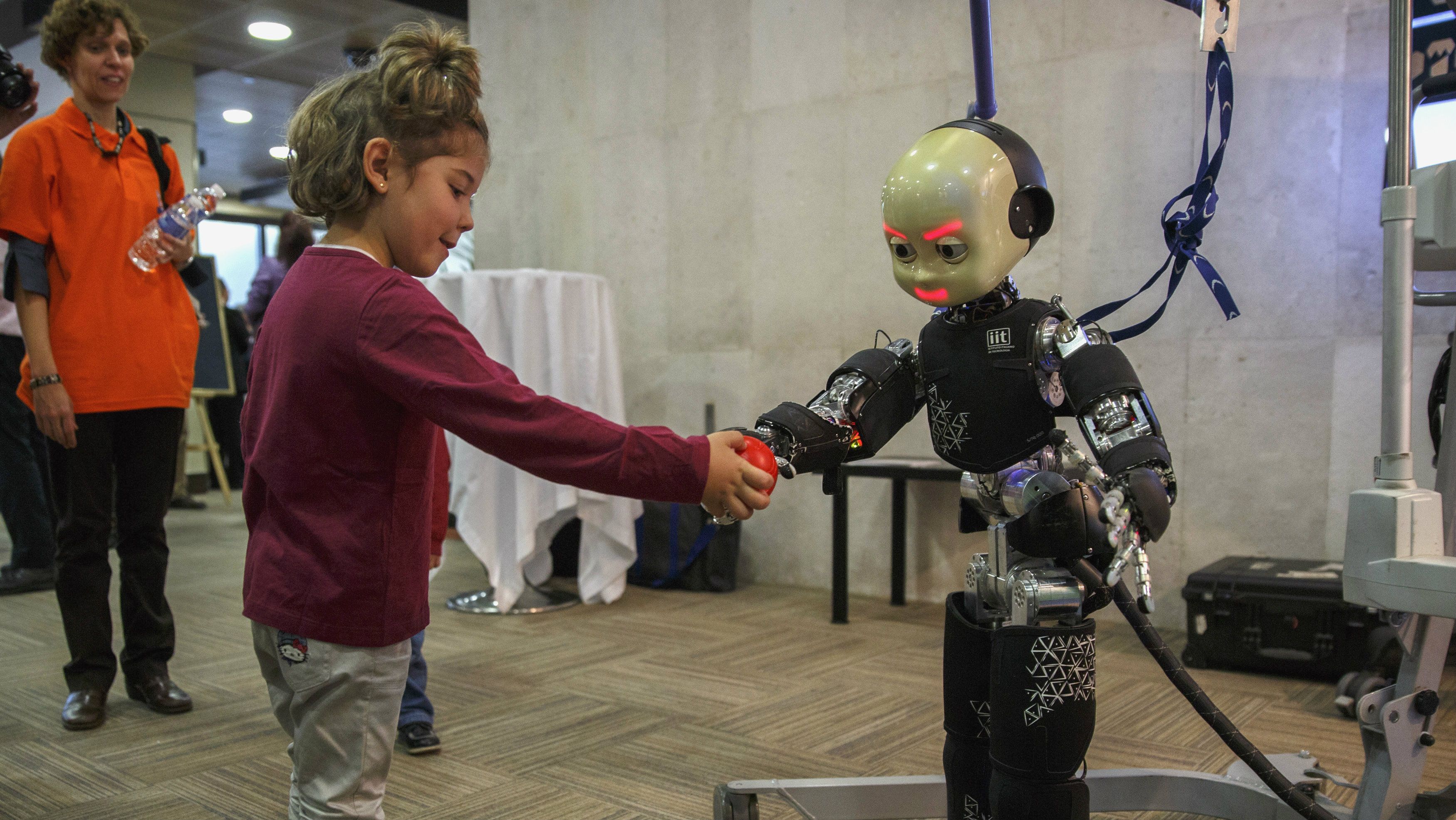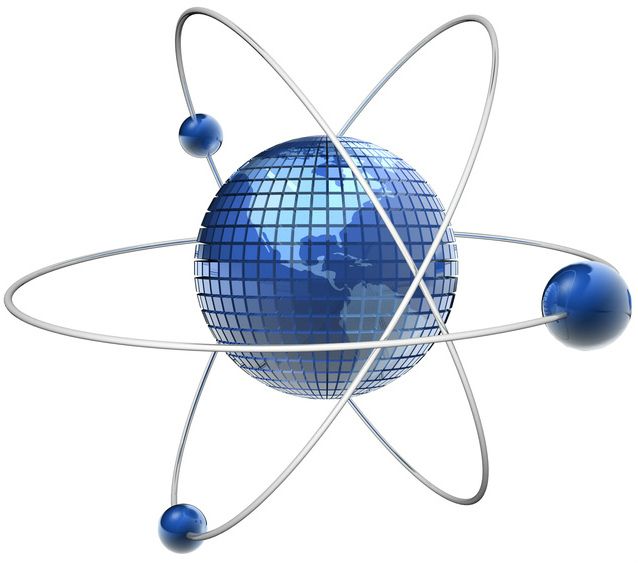Page 11277
Apr 11, 2016
Reconstituting Asteroids into Mechanical Automata
Posted by Klaus Baldauf in categories: computing, robotics/AI, space travel
Jason Dunn Made In Space, Inc.
The objective of this study is for Made In Space (MIS) to establish the concept feasibility of using the age-old technique of analog computers and mechanisms to convert entire asteroids into enormous autonomous mechanical spacecraft. Project RAMA, Reconstituting Asteroids into Mechanical Automata, has been designed to leverage the advancing trends of additive manufacturing (AM) and in-situ resource utilization (ISRU) to enable asteroid rendezvous missions in which a set of technically simple robotic processes convert asteroid elements into very basic versions of spacecraft subsystems (GNC, Propulsion, Avionics). Upon completion, the asteroid will be a programmed mechanical automata carrying out a given mission objective; such as relocation to an Earth-Moon libration point for human rendezvous or perhaps to set an Earth-threatening NEO on course to the outer solar system and out of harm’s way. This technique will create an affordable and scalable way for NASA to achieve future roadmap items for both the Human Exploration and Operations Mission Directorate (HEOMD) and the Science Mission Directorate (SMD) such as Asteroid Redirect Mission (ARM), New Frontiers Comet Surface Sample Return, and other Near Earth Object (NEO) applications. It is estimated that an order of magnitude increase in NEO targets can be explored for the same mission cost with the RAMA approach compared to the SOA Asteroid Redirect Mission (ARM) architecture by removing the need to launch all spacecraft subsystems and instead converting the asteroid into them in-situ. Assuming the development trends continue for industry based AM methods as well as NASA and industry investments in ISRU capabilities, Project RAMA will create a space mission architecture capable of achieving the aforementioned NASA goals within a 20–30 year time frame. Furthermore, as described in the proposal, the identified study path will provide insight into near term Mission ‘Pull’ technologies worth investment in order to create the development roadmap for the proposed ‘Push’ technologies for achieving NASA’s long term strategic goals.
Apr 10, 2016
Researchers: Attackers could use holes in Firefox add-ons to target your PC
Posted by Karen Hurst in categories: computing, security
It goes without saying that any given piece of computer code—be it an app, a part of your operating system, or even a browser plug-in—may contain flaws that could leave your PC open to attack. But a team of researchers from Northwestern University have come across a new method of attack that can take advantage of holes in one or more installed Firefox add-ons.
According to the team’s research paper (PDF), this newly discovered attack “leverages capability leaks from legitimate extensions to avoid the inclusion of security-sensitive API calls within the malicious extension itself.”
Put another way: Firefox doesn’t enforce any isolation between the add-ons you install, as Ars Technica notes, which could potentially result in security problems. As a result of this lack of isolation, researchers say, an attacker could write a malicious Firefox add-on that appears harmless, but can use security flaws in other installed add-ons to do its bidding.
Continue reading “Researchers: Attackers could use holes in Firefox add-ons to target your PC” »
Apr 10, 2016
Giving people free money could be the only solution when robots finally take our jobs
Posted by Shailesh Prasad in categories: economics, employment, robotics/AI
Apr 10, 2016
Statements: OSAKA – When the foreign ministers from the Group of Seven industrialized nations gather in Hiroshima for a two-day meeting from Sunday
Posted by Karen Hurst in categories: government, military, security
They will visit Hiroshima Peace Park and conclude their gathering with a “Hiroshima Declaration” that will likely express hope for a world without nuclear weapons.
The future of such weapons and how to reduce them is shaping discussions in Tokyo and Hiroshima this year, following the nuclear security summit held in Washington on March 31 and April 1 and the upcoming G-7 Ise-Shima summit at the end of next month.
But even as Japan seeks to play a larger role in international nonproliferation efforts, past personal statements by Prime Minister Shinzo Abe, his allies, and, more recently, official government replies about nuclear weapons for Japan, raise questions about how politically credible any leadership in that role might be.
Apr 10, 2016
The Big Bang: Arriving at the site of creation
Posted by Karen Hurst in categories: mathematics, quantum physics, singularity, space
Part 2
In part 1 of the journey, we saw the leading observations that needed explanation. Explanations that we want to do through the theory of relativity and quantum mechanics. No technical and expert knowledge in these theories yet, only scratches of its implications. So let us continue.
THE RELATIVITY THEORY Deducing from the Hubble expansion, the galaxies were close in the distant past but certainly not in this current form as the telescopes now see them receding. In fact, if they were receding it also means they were expanding.
Therefore, when we reverse the receding galaxies into the far distant past they should end up at a point somewhere sometime with the smallest imaginable extension, if that extension is conceivable at all. Scientists call it the singularity, a mathematical deduction from the relativity theory. How did this immeasurable Universe made of clusters of galaxies we now see ever existed in that point called singularity?
Continue reading “The Big Bang: Arriving at the site of creation” »
Apr 10, 2016
New 3D Printed Ovaries Allow Infertile Mice to Give Birth
Posted by Karen Hurst in categories: 3D printing, biotech/medical, health
It might be time to rethink fertility treatment.
Here’s the scoop: scientists at Northwestern University 3D printed a functional ovary out of Jello-like material and living cells. When implanted into mice that had their ovaries removed, the moms regained their monthly cycle and gave birth to healthy pups.
The scientists presented their results last week at the Endocrine Society’s annual meeting in Boston.
Continue reading “New 3D Printed Ovaries Allow Infertile Mice to Give Birth” »
Apr 10, 2016
What will destroy us first: Superbabies or AI?
Posted by Karen Hurst in categories: bioengineering, computing, drones, education, genetics, robotics/AI, transportation
Depends who is doing the creating. If a robot is created/ altered by ISIS to attack the western world then robots. At the same time, if a crazy scientist decides to genetically create Cyclops to take over the UK, US, etc. then the genetically alter species. Truly depends on the creator and the creator’s eye.
At Silicon Valley’s inaugural Comic Con, we gave a talk called “Superbabies vs. AI.” Astro, who is captain of moonshots at Alphabet’s X division, argued that genetically engineered babies are going to destroy civilization as we know it. He sees the horror of eugenics, X-Men, and a planet entirely populated by the sort of kids who beat him up in middle school, all rolled into one. Danielle, a physician-scientist and wife of said captain of moonshots, argued that the robot apocalypse is going to annihilate humanity. Super intelligent computers will eventually destroy us all, no matter what sort of Asimovian instructions we try to give them. The jury is out about who won the debate, but here are the most important issues we explored.
Will highly evolved AI break into banking systems and steal all of our money or send drones to kill us all?
Continue reading “What will destroy us first: Superbabies or AI?” »
Rice University scientists have determined that two-dimensional boron is a natural low-temperature superconductor. In fact, it may be the only 2-D material with such potential.
Rice theoretical physicist Boris Yakobson and his co-workers published their calculations that show atomically flat boron is metallic and will transmit electrons with no resistance. The work appears this month in the American Chemical Society journal Nano Letters.
The hitch, as with most superconducting materials, is that it loses its resistivity only when very cold, in this case between 10 and 20 kelvins (roughly, minus-430 degrees Fahrenheit). But for making very small superconducting circuits, it might be the only game in town.
















